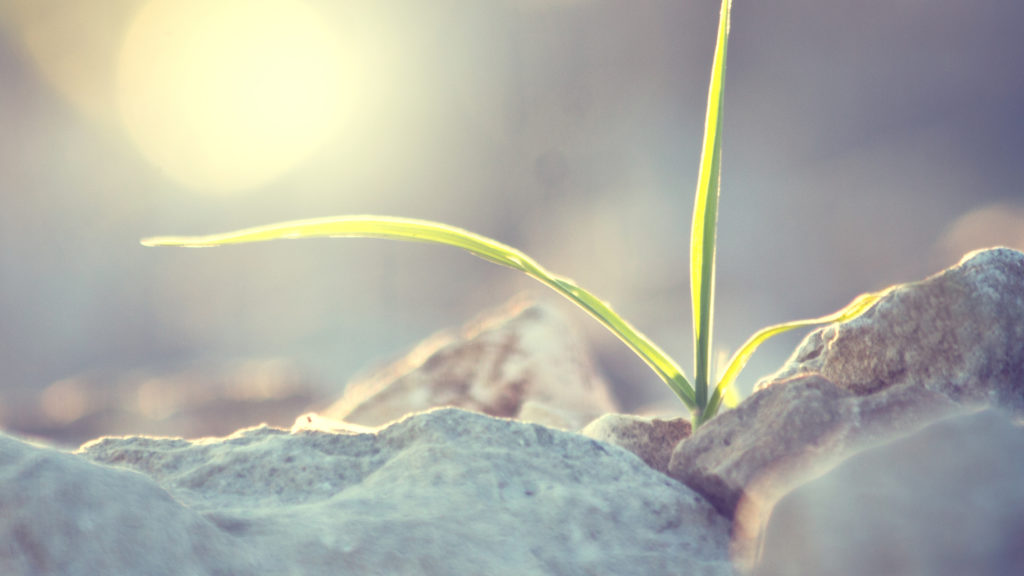Resiliency Starts at Home

My children are too young to understand COVID-19 or its global impact. All they know is that their mum and dad are at home, working far more hours than usual.
When they are older, we will tell them about the COVID-19 pandemic. I hope that we can tell them that we persevered. They can learn about the families that spent months at home together and the communities that found incredible ways to help one another. From these stories, I hope that we can give them the tools to be resilient in the face of great challenges.
In the meantime, those of us working throughout this pandemic still have lessons to learn about the meaning of resilience and how to implement it, now and in the future.
Resiliency-Building Events
Life-changing, resiliency-building events in one’s life do not necessarily need to take the form of a global pandemic. They could be termed the “storms” of life, in that they interrupt our regular habits, schedule, or thought patterns. For some people, these events could be the death of a loved one, a significant injury, a natural disaster, a health diagnosis, or some other catastrophic event. While some of these situations may change our lives for a short period of time, they oftentimes lead us down a very different path, one that causes us to review our priorities and make significant changes. With each experience of this kind, one can become increasingly prepared for future situations and develop resiliency.
For my husband and me, we learned resilience through the successive deaths of his parents. Navigating our grief and managing their estates forced us to have a long series of conversations about our priorities, values, and circumstances. These events marked our transition into adulthood, as well as the point when we shifted from the “next” generation to the head of a family. Our work was no longer ours alone, but became representative of the family’s broader legacy.
Along the way, we developed resiliency in the form of priorities. Those conversations provided us with the chance to brainstorm scenarios, consider all the angles, and develop a plan for how we would move forward. We continue to use that structure to this day, as it impacts our family’s work and philanthropy, even during the COVID-19 crisis.
Resilience and Philanthropy
Even with a professional role in the philanthropic sector, my personal giving continues to be shaped by the conversations that occurred after the deaths of my husband’s parents. Our family’s priorities, values, and experiences influence the way we give, whether last year or in the midst of the COVID-19 crisis. Our resilience comes in knowing who we are, why we made those decisions, and where we are willing to be flexible.
Resiliency, at least in our family’s case, comes from building on a solid foundation. As it relates to our giving, it could be summarized in a few simple statements:
We recognize that there are many needs in our community, but we have an underlying structure in place that helps us to make our giving decisions.
We rely on our previous experience to know where to look and how to react to best meet the needs of organizations.
We do not have to be big or highly-structured to effectively assist in the larger effort of the COVID-19 response, especially when every dollar helps.
While our giving is based on the work of one generation, this is a perfect time for experienced family members to work alongside younger generations. It is an opportunity to learn from the wisdom of our elders, who have already weathered previous “storms,” as well as consider new approaches recommended by younger generations. In our family’s case, we rely on the values of our families, as well as our own experiences working in the philanthropic sector. In this time of crisis, our family and the generations that proceeded us inspire us to:
Persevere out of necessity
Use our skills and knowledge to help others
Prioritize the importance of family and the contributions of all generations
Have faith that this will get better
Work together with others to achieve more than we could do by ourselves
During the COVID-19 pandemic, we are already giving to institutions that we want to ensure survive for future generations and organizations that have a proven record of meeting needs that we have identified. In the midst of this crisis, these organizations’ resiliency comes from their track record of best practices and good stewardship of resources, which means that we (as donors) do not have to be concerned with evaluation or outcomes. We can trust them, as we have built relationships with these organizations over time. They have shown themselves to be dependable, even in times of uncertainty, to carry out their missions and do good work. As donors, we are doing our part to make sure that they can continue to withstand the “storm.”
Some people have called this time “The Great Pause.” However, I would term it “The Grand Pause.” In a musical performance, a conductor will hold an orchestra’s silence for an extended period of time before resuming the musical score. While the audience may hear nothing, the orchestra knows that their time is coming and are working behind the scenes (oftentimes for years) preparing for that moment when their sound fills the performance hall once again. Even if you cannot see or hear it, this is our “grand pause.” We are building resiliency and learning each day how to do our work better, so that we can do even greater things when this is over.
The views and opinions expressed in individual blog posts are those of the author(s) and do not necessarily reflect the official policy or position of the National Center for Family Philanthropy.
